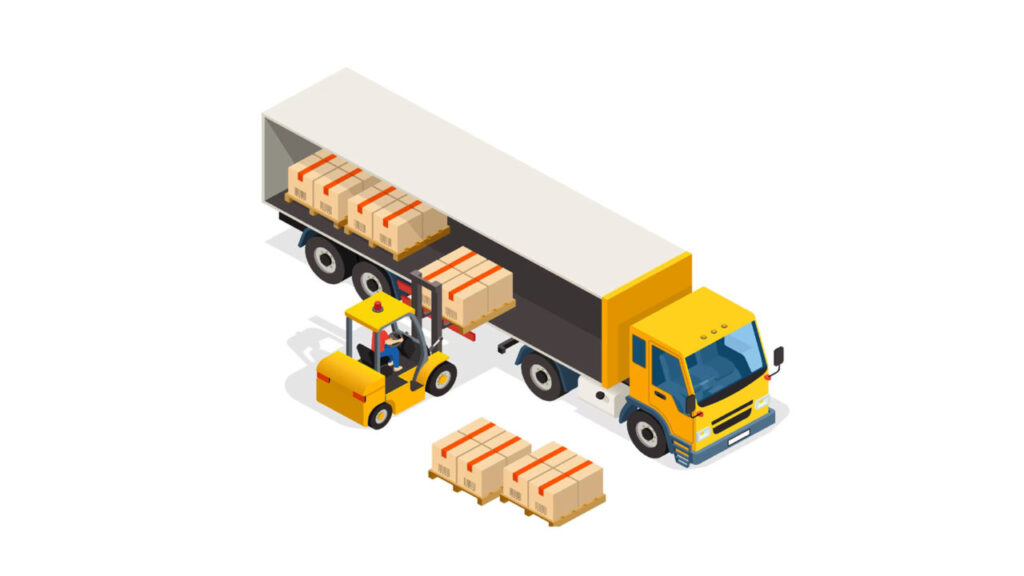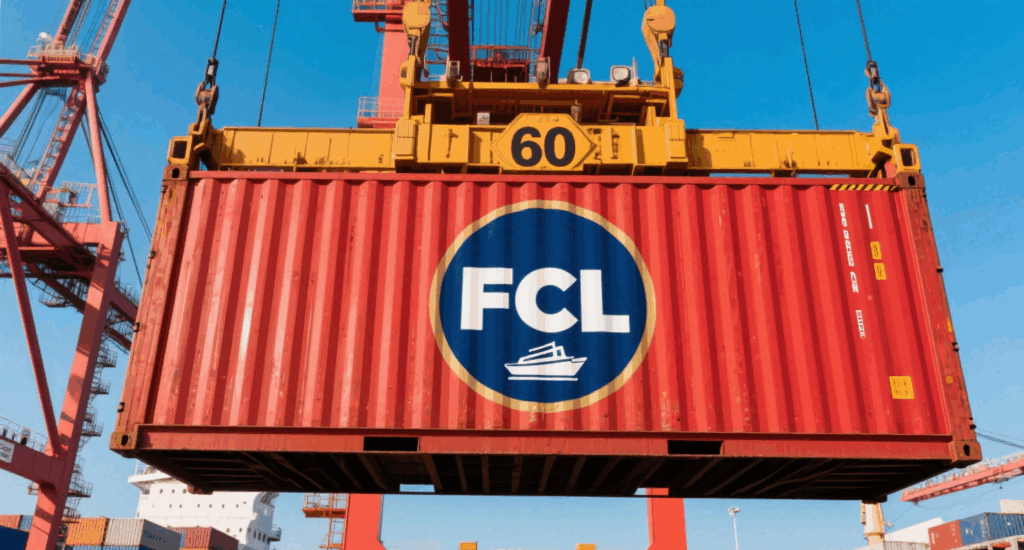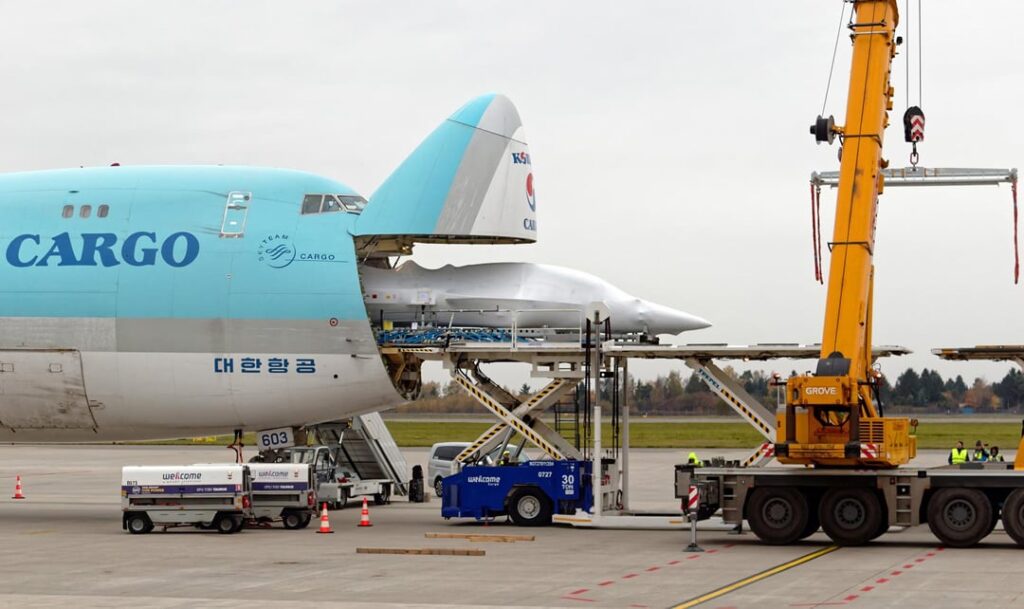Global trade between China and Australia continues to thrive, and trusted LCL shipping from Shenzhen to Australia has become a preferred choice for businesses seeking cost control and shipping reliability. LCL (Less than Container Load) lets you share container space — paying only for what you need — while still ensuring efficient, secure, and professional delivery.
Why Businesses Prefer LCL Shipping for China–Australia Trade
Many companies no longer wait to fill a full container before shipping. LCL allows importers to ship smaller batches at competitive prices. Shenzhen, as a major export hub, provides direct access to major Australian ports such as Sydney, Melbourne, and Brisbane.
Moreover, freight forwarders manage all essential logistics — including packaging, documentation, and customs clearance — ensuring compliance and minimizing risk. Consequently, businesses gain flexibility, shorter lead times, and better cash flow management.
The Step-by-Step Process of LCL Shipping
To understand how trusted LCL shipping from Shenzhen to Australia works, consider the five main logistics stages below:
| Step | Process Description | Handled By |
|---|---|---|
| Cargo pickup | Collecting goods from supplier | Freight forwarder |
| Consolidation | Combining multiple shipments | Shenzhen warehouse |
| Ocean transport | Shipping via sea freight | Carrier |
| Deconsolidation | Separating cargo at destination | Australian port operator |
| Delivery | Transporting to final address | Local distributor |
Each stage ensures the cargo remains traceable, secure, and compliant with import/export regulations.
Cost and Transit Time Comparison for LCL Shipments
The cost of LCL shipping from Shenzhen to Australia depends on cargo size, destination, and season. Generally, it’s more economical than air freight and more flexible than full-container shipping.
| Destination Port | Transit Time (Days) | Average Cost (USD/CBM) |
|---|---|---|
| Sydney | 14–18 | 60–85 |
| Melbourne | 16–20 | 65–90 |
| Brisbane | 15–19 | 60–80 |
| Perth | 20–25 | 70–95 |
In addition, professional forwarders can help optimize packaging to maximize space utilization, reducing total cost per cubic meter.

Real Case Studies: Successful LCL Shipments
Case 1 – Electronics to Sydney
- Goods: 8 CBM LED lighting
- Transit Time: 15 days
- Cost: $75/CBM × 8 = $600
- Outcome: Delivered early, enabling faster retail rollout.
Case 2 – Furniture to Melbourne
- Goods: 12 CBM flat-packed furniture
- Transit Time: 18 days
- Cost: $80/CBM × 12 = $960
- Outcome: Saved 35% versus FCL, with perfect condition delivery.
Key Benefits of Using Shenzhen for LCL Exports
Shenzhen’s port system is one of the most advanced globally. Its strategic position near Hong Kong ensures direct routes to Australia with minimal transit delay.
Main benefits include:
- Shorter consolidation times
- Lower port handling fees
- Frequent sailings to Australia
- Integrated customs clearance
- Real-time tracking options
As a result, Shenzhen’s export network is perfectly aligned with Australian import requirements, guaranteeing smooth and predictable deliveries.
Documents Required for Hassle-Free Customs Clearance
Proper documentation is crucial to ensure timely customs approval for LCL shipping from Shenzhen to Australia.
| Document | Purpose |
|---|---|
| Bill of Lading | Proof of cargo ownership and shipment |
| Commercial Invoice | Details cargo value and buyer/seller information |
| Packing List | Specifies package content and dimensions |
| Certificate of Origin | Confirms goods’ manufacturing country |
| Import Declaration | Required by Australian Customs |
| Insurance Certificate | Protects goods during transit |
Preparing these documents accurately prevents unnecessary delays or penalties during customs inspection.

Comparing LCL, FCL, and Air Freight Options
For importers, it’s essential to evaluate all transport modes. The table below compares major options for shipments between China and Australia.
| Mode | Average Cost (USD/kg) | Transit Time | Ideal For | Pros | Cons |
|---|---|---|---|---|---|
| LCL Sea Freight | 0.1–0.3 | 14–25 days | Small loads | Affordable, flexible | Slightly longer |
| FCL Sea Freight | Full container | 14–22 days | Large volumes | Secure, private | Higher total cost |
| Air Freight | 5–8 | 3–5 days | Urgent cargo | Fastest delivery | Expensive |
| Rail Freight | 2–3 | 12–18 days | China–EU only | Reliable | Not available to AU |
Clearly, for shipments bound for Australia, LCL sea freight provides the best balance of cost, capacity, and consistency.
Choosing a Reliable Partner for LCL Shipping
Selecting a trustworthy freight forwarder determines the overall success of your shipment. Look for:
- Proven track record on China–Australia routes
- Transparent pricing and detailed quotes
- Customs expertise and insurance options
- Digital shipment tracking tools
- 24/7 customer service
Moreover, a reliable logistics partner helps mitigate risks, minimize delays, and offer flexible shipping schedules tailored to your business.
Conclusion
To summarize, trusted LCL shipping from Shenzhen to Australia remains one of the most efficient solutions for cost-conscious importers. It combines affordability, reliability, and flexibility — allowing businesses to maintain inventory flow without overspending on freight.
By leveraging Shenzhen’s strong logistics ecosystem and partnering with an experienced forwarder, companies can ensure every shipment arrives safely, on time, and within budget.
- Consult TJ China Freight Forwarding for the lowest quote. They will provide you with reliable, cost-effective service.
FAQs
Q1.What makes a freight forwarder trusted for LCL shipping from Shenzhen to Australia?
A trusted forwarder ensures transparent pricing, on-time delivery, strong customer support, and full compliance with Chinese and Australian customs laws.
Q2.Can I ship personal effects using LCL service from Shenzhen to Australia?
Yes, LCL shipping accepts personal items, but detailed packing lists and value declarations are required for customs clearance.
Q3.How can I estimate total import costs for LCL shipments?
Combine freight rates, customs duties, GST, destination charges, and insurance to get an accurate import cost estimate.
Q4.Is door-to-door delivery available for LCL cargo from Shenzhen?
Absolutely, most logistics companies offer door-to-door LCL shipping from Shenzhen to Australia, including pickup, sea freight, and final delivery.
Q5.How often do ships depart from Shenzhen to Australian ports?
Typically, LCL sailings operate two to three times per week to Sydney, Melbourne, and Brisbane for faster scheduling.





